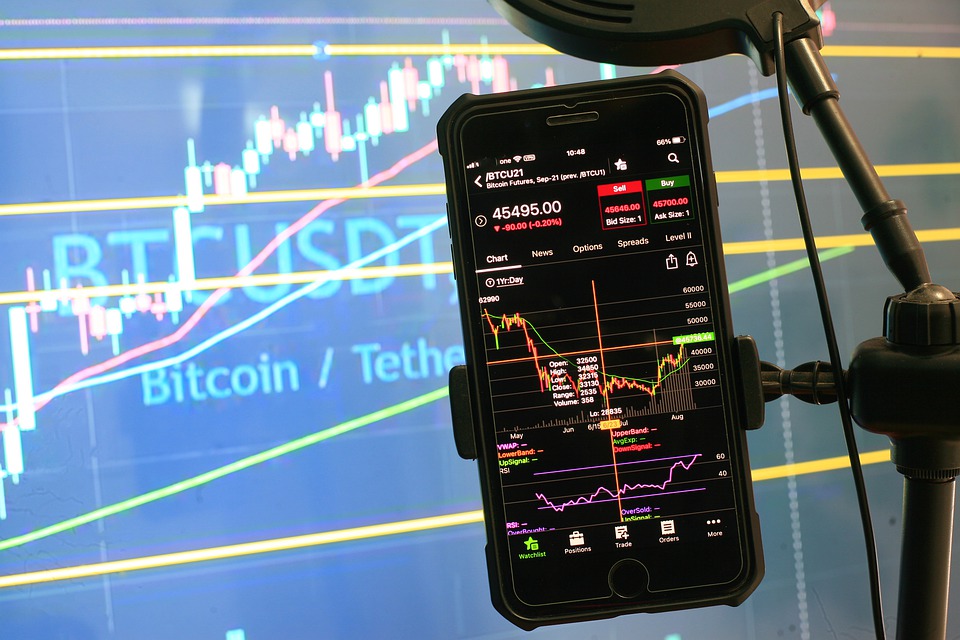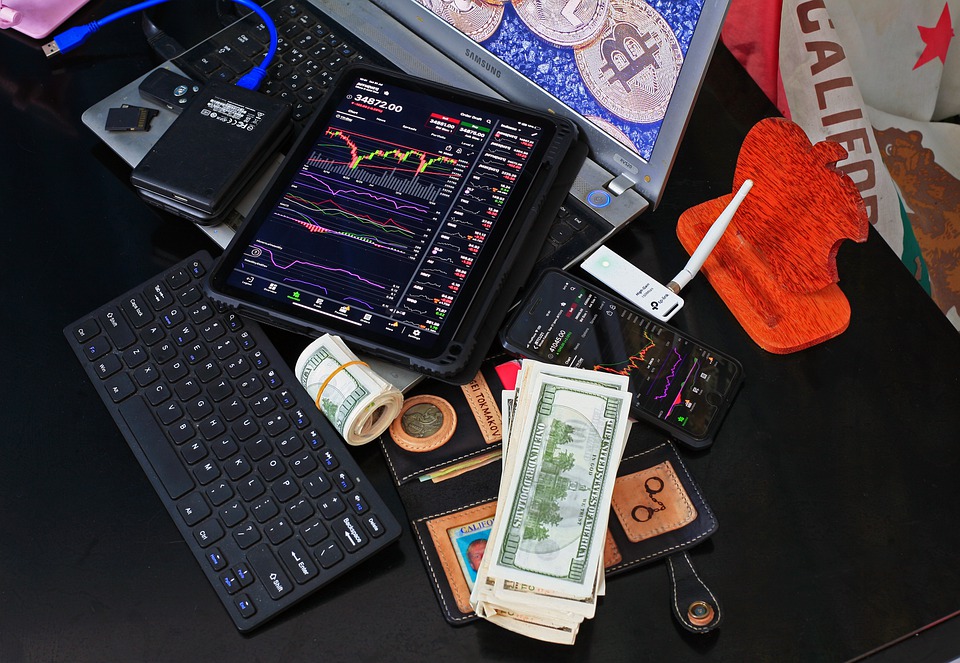
Leveraged trading is different from regular trading and it is also important to know a few of the terms. When you are considering trading leverage it is crucial to be aware that money is generated rapidly and that losses could also occur at the same rate. At first, you should you will need to invest only a small amount.
What is leverage trading?
Simply stated the word leverage refers to an investment loan used to expand your trading position, from which you can trade. It permits you to trade more than you’ve put in. Leverage is like futures trading in the sense that you don’t buy an item or stock however you invest in anticipation of the price that will be offered in the future for the stock or product. Like you don’t buy gold through the gold futures market and invest in it with bonds.
In the case of crypto leveraged trading it is possible to purchase the futures through an exchange, but without actually purchasing bitcoin, ethereum, or any other cryptocurrency. The cost of the futures fluctuates with the value of the actual currency.
Investment
For crypto leverage trading, it is necessary to possess USDT because all exchanges around the globe offer leverage trading services that are based on USDT itself.
Ten times or 100 times your own and anywhere from 1000 times the leverage facility. You should however use the smallest leverage at first. First, you must create an account to trade leveraged and then deposit USDT.
Buy long/sell short
The two primary words used in financial leverage, also known as futures trading or leverage are short and short. If you believe that the value of a cryptocurrency will rise, and you’ll buy the crypto to earn again if the price increases, it’s called long.
However, if you believe that it is possible to lower the price, then you’ll sell, or go short and make money as the price decreases. When you have either a short or long position, your position is completed, it will go.
Position If you’ve taken a long or short position the trade position will be displayed and you’ll find some information such as:
Size – Display in the right position the value of bitcoin, ethereum, or any other cryptocurrency you’ve used to leverage.
Entry price – The amount at which you purchased the cryptocurrency will be revealed to you as your entry cost.
The unreleased PNL (%ROE) will provide you with the gains or losses of your leverage up to this moment. Red numbers signify losses while green numbers represent gains. In this section, you’ll determine the percentage of profits or losses you’re making.
Mark Price – Mark Price is the amount that the cryptocurrency is currently trading at and at which you’ve leveraged. Profit and loss will be the sum of the buy and sell prices.
Margin – Margin Margin will display the amount you have invested and how much you’ve put in.
Pricing of Liquidation – The most crucial factor in trades that leverage is liquidation cost. It is crucial to be aware of the liquidation price.
If you are involved in leverage trading, either long or short, your liquidation will be determined by a limit that is set that is opposite to the direction of the trade, the liquidation will also decide the amount of leverage you’ve taken on and the amount of money are in your bank account.
This is something you must be aware that when the price begins going on the contrary direction from the short or your long the entire amount of your funds is lost i.e. the liquidate will be refunded at the price of the liquidation price.
To prevent this from happening this to be avoided, you need to deposit funds into the leveraged account at Binance. There are other trading platforms with leverage where solely leveraged trades are permitted, however; you are not able to increase the liquidation rate, as this service is available on Binance. If you find that your account is liquidated, you may also stop trading.
There is also the option of Adjust Leverage. This means you can adjust the leverage by increasing leverage. You can also regulate your loss and profit through setting stop losses limits and limit profits if you would like to.

As we said in the beginning, there are numerous advantages and disadvantages when using leverage, but if you choose to use the right strategy, you can earn a decent profit. If you’re certain about the value of a cryptocurrency then you could earn 100 times or 50 times. You could also be traded on Guna leverage, but the risk involved is large.
Terms to be aware of:
Collateral
The money you have on your account for margin ensures the broker that you can pay off the credit.
Margin call
Your broker requests that you add additional money to your margin account. And should you fail the broker can forcefully trade your crypto assets?
Stop-limit order
The conditional trade will require you to establish an end, stop with a limit on the trade’s target price, and also a timeframe in which the trade is executable. The trade will be filled at the time you’d like. If the price fluctuates up or down, based on your preferences, the transaction will be canceled.
Stop-loss orders
Similar to a stop limit it’s an effective instrument for leverage trading. Stop-loss orders allow you to fix the amount of time that you can take losses. If you set it to 5 percent, and the price of the asset falls to the same amount or more and it’s sold instantly and you only incur the loss of 5.
A trailing stop
This is a form of stop-loss order that makes profits permanent. This is beneficial to anyone who prefers to let emotions play a role in deciding to end the position.
The differential between Margins and the leveraged trade
Margin is the amount of the order total that the trader is required to make. Margin is the term used to describe the loan that your forex margin exchange gives you to make larger trades. The loan is secured by the funds on your account, and you’ll have to repay it with interest.
Leverage refers to the money used by the trader to cover the difference between the margin and the total of your order.
Margin is a way for traders to gain leverage, which is the increased purchasing capacity that lets you take on more significant opportunities than the funds available in your account will allow. Leverage is measured as an amount, like 1:1 or even 5:1.
WHAT ARE THE ADVANTAGES OF LEVERAGE TRADING?
There are numerous benefits to leverage trading. There are a variety of tools online that can help you understand leverage trading and by using them, you will be able to make the most profits.
1. Leverage trading can be done by withdrawing funds from Kama Fund as well.
2. If you trade at the right moment and at the right time, you can make decent profits.
3. Profits are good through leverage.
4. You can perform more and more transactions with fewer funds.
5. Leverage trading teaches you risk management strategies.
WHAT ARE THE DISADVANTAGES OF LEVERAGE TRADING?
1. If you use more leverage and your trade is successful you’ll earn greater profits. However, if the trade doesn’t go your way then your loss will be greater.
2. The largest loss is experienced.
3. Leveraged trading can be considered high-risk trading.
4. This type of trading is extremely risky for those who are new to the market.
5. When you make this trade the funds of your client could be lost fast because the market is volatile on the market.
It is vital to understand the current trend when it comes to leverage trades. If you are aware of the trend and your research is sound, you could earn substantial money. The current trend of bitcoin and any coin implies that your profit is contingent on whether the coin will go upwards or downwards from here. Bitcoin will increase meaning you must take a LONG position. Bitcoin will decrease meaning you need to make a SHORT position.















